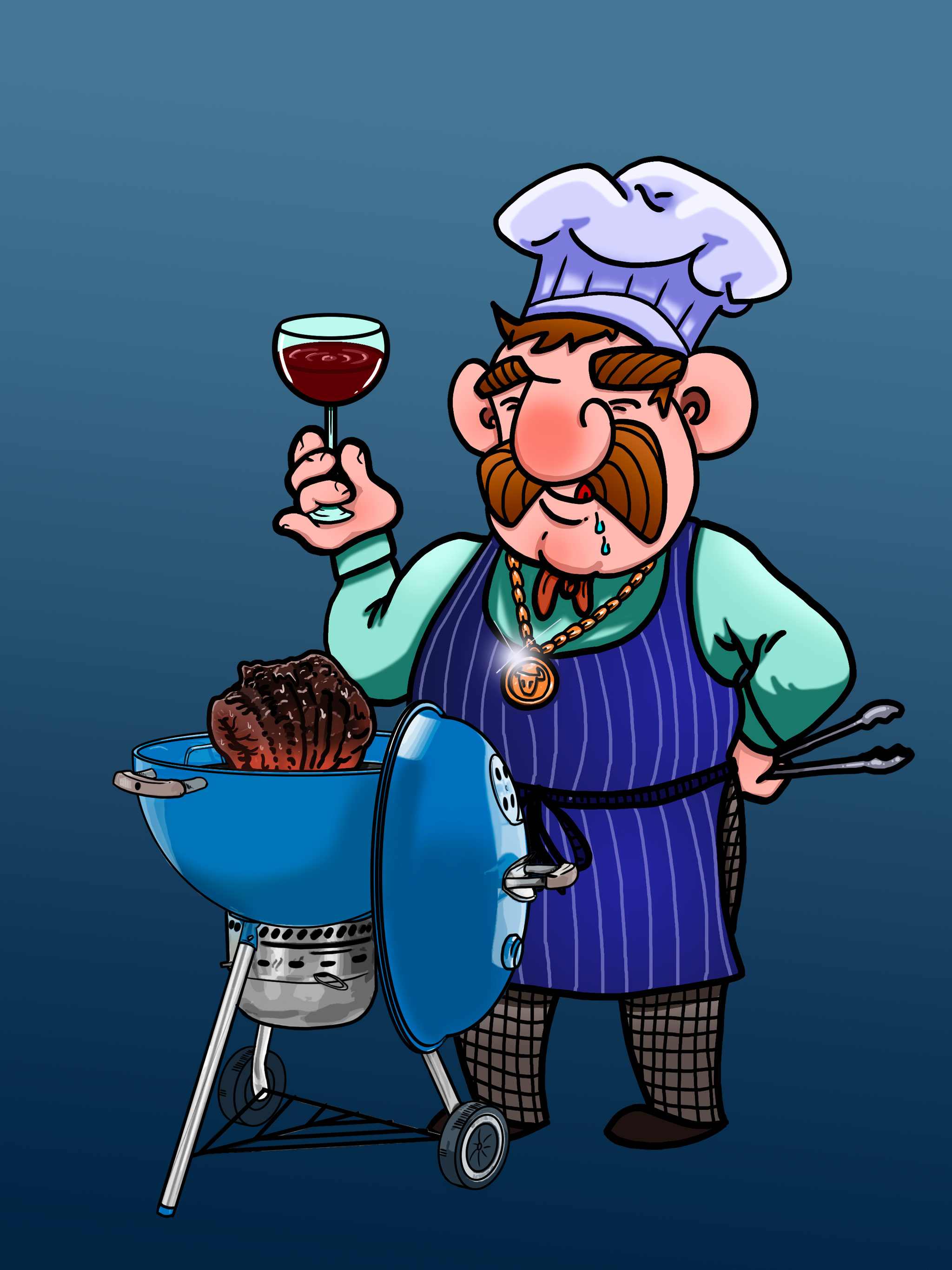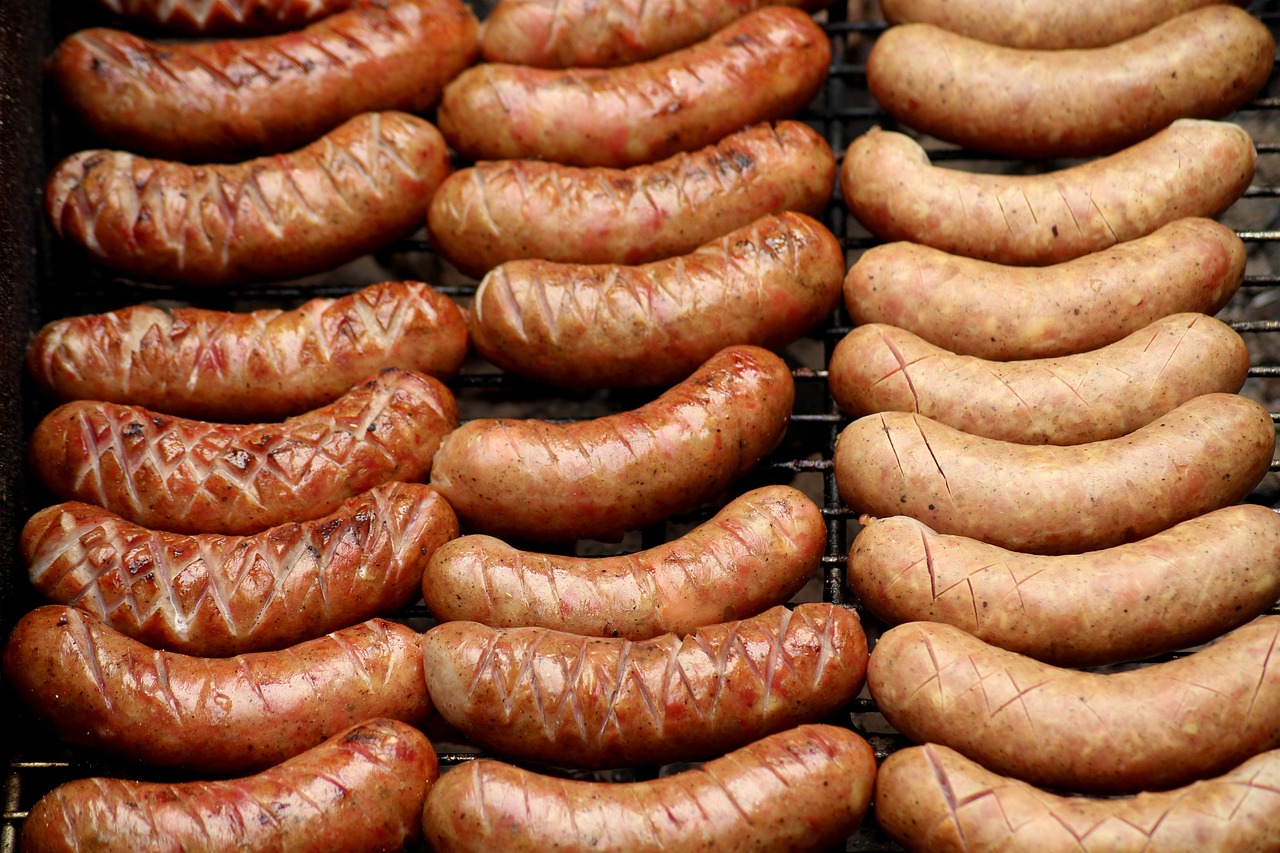Sausage-making has been an integral part of culinary culture for thousands of years. As one of the oldest prepared foods in history, sausages have endured the test of time due to their versatility, flavor, and the efficient utilization of meat cuts. The art of sausage-making can be traced back to ancient civilizations, where various techniques were implemented to preserve and enhance the taste of meat.
The origins of sausage-making are deeply rooted in the traditions of many countries, each putting their unique spin on the process. From dried and cured varieties to those packed with a burst of spices, every region has contributed to the rich tapestry of sausage-making techniques. The methods of preparation have evolved over time, but the essence of sausage-making has always remained the same: combining quality ingredients to create mouthwatering culinary delights.
Key Takeaways
- Sausages have a long-standing history as a popular and versatile food
- The art of sausage-making originated in ancient civilizations and evolved over time
- Regional techniques and influences have resulted in a diverse array of sausage styles
Complete history of sausage making
Sausage making has a long and diverse history, tracing its origins to various ancient civilizations. The earliest evidence of sausage production dates back to around 3,000 BCE in Mesopotamia. This region, spanning modern-day Iraq and parts of Syria, Turkey, and Iran, was home to culinary innovators who ground meat and seasonings together, stuffing the mixture into animal intestines as casings.
In ancient Greece, sausages started gaining popularity in the 5th century BCE. Greek philosopher and poet Epicharmus documented various types of sausages, showcasing their widespread appeal. The Romans continued this culinary tradition, with the famous gourmet Apicius recording recipes in his cookbook during the 1st century CE.
European sausage making developed further over the centuries, branching out into various regional varieties. The Germans and Poles are now renowned for their diverse range of sausages, such as bratwurst and kielbasa respectively. Spanish chorizo and Italian salami also emerged as distinct and cherished forms of sausage.
In England, sausage making became particularly popular during the Tudor period. Intricate recipes involving spices and herbs were carefully recorded in cookbooks. English sausages later evolved into “bangers,” created during World War I, when food rationing led to a higher filler content in the sausage mix.
Sausage making crossed the Atlantic with European settlers arriving in America. Over time, sausages adapted to local ingredients and tastes, resulting in unique varieties such as Louisiana’s andouille sausage and Chicago-style hot dogs.
Throughout history, sausage making techniques have evolved alongside advancements in technology. Early methods relied on hand grinding and stuffing, but the industrial revolution brought mechanization to the production process. In the 20th century, synthetic casings made from collagen or cellulose found their way into sausage manufacturing, offering an alternative to natural animal casings.
Today, sausage making is a global phenomenon, with countless regional variations reflecting diverse culinary traditions. From its humble beginnings in ancient Mesopotamia to the ongoing innovation in modern kitchens, the art of sausage making continues to be a cherished part of human culture.

